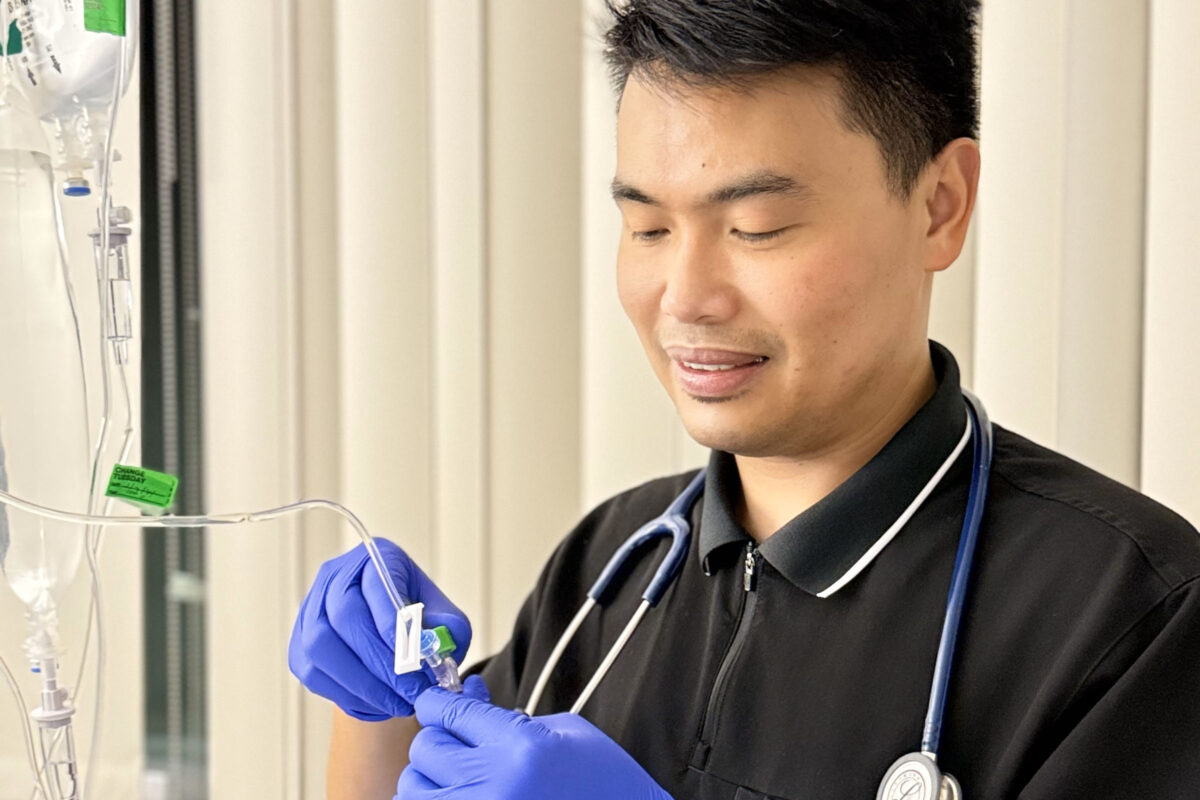Hospital-acquired infections (HAIs) such as Central Line-Associated Bloodstream Infections (CLABSI) remain a critical concern, particularly in the Intensive Care Unit (ICU), where up to 48% of patients require central lines for treatment delivery and are vulnerable for infections due to underlying conditions and invasive procedures. Central Line-Associated Bloodstream Infections are linked to negative patient outcomes, including high morbidity, mortality, and substantial health care costs.
A quality improvement initiative led by the ICU Unit Practice Council- Quality Committee addressed the increasing incidence of CLABSI observed in unit-level trended data. From 2023 continuing to 2024, the initiative focused on identifying practice gaps and implementing measures to reduce CLABSI occurrences. Surveys and clinical audits revealed key issues such as non-adherence to dressing change procedures, inconsistent knowledge among staff regarding the CLABSI bundle, and inadequate auditing processes.
The Quality Committee team provided in-depth, one-on-one peer-to-peer education sessions to over 90% of ICU RNs to address these gaps, enhancing their central line management and care competency. The education also included CLABSI bundle components, proper dressing changes, and blood sampling techniques. As a result of the ongoing gap analysis, the team also introduced practice changes such as replacing the piggyback bags every 24 hours, using port-less IV tubing to minimize contamination, and using pre-installed leur-lock and manifold for multiple drips to avoid manual assembly. Additionally, the frequency of audits was increased to twice daily.
The ongoing quality improvement initiatives have led to a notable sustained reduction in the CLABSI incidence in the unit. Though fluctuations in data have been observed, the overall trend shows positive progress, with staff continuing to adapt and improve practices. This staff nurse-led initiative has improved CLABSI and enhanced patient safety in the ICU through ongoing education and peer-to-peer feedback.
